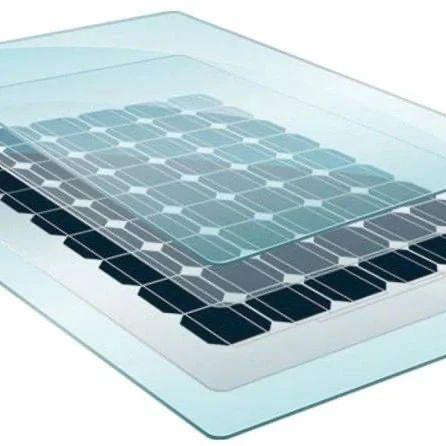

The Characteristics and Applications of Plain Float Glass
Plain float glass, commonly known as clear glass, is one of the most ubiquitous materials used in construction and manufacturing today. This type of glass is produced through a unique manufacturing process called the float glass process, which provides it with exceptional clarity, smoothness, and uniformity. These attributes make plain float glass a preferred choice in various applications, ranging from architectural windows to automotive glass.
The float glass process involves melting silica sand, soda ash, and limestone at high temperatures to create molten glass. This molten glass is then poured onto a bed of molten tin, allowing it to spread out in a perfectly flat layer. The density of tin ensures that the glass floats on top, forming a smooth and even surface. As the glass cools and solidifies, it retains its flat shape, resulting in the high-quality product known as plain float glass. The final thickness can vary, typically ranging from 2mm to 19mm, making it adaptable for different uses.
One of the most significant characteristics of plain float glass is its excellent optical clarity. With a low level of distortion, it allows for maximum light transmission while minimizing refraction. This property makes it ideal for applications where visibility is paramount, such as in storefront windows, glass doors, and curtain walls. Additionally, plain float glass can be easily coated or treated to enhance its performance; for example, it can receive anti-reflective coatings to reduce glare or low-emissivity coatings to improve energy efficiency.
In construction, plain float glass plays a vital role in enhancing the aesthetic appeal of buildings
. Its transparency allows for the seamless blending of indoor and outdoor spaces, creating an inviting atmosphere. Architects and designers often use large panes of this glass to create striking facades that maximize natural light, contributing to sustainable building practices. Moreover, the glass can be tempered or laminated to improve its strength and safety, making it suitable for use in high-rise buildings and other structures where durability is crucial.
In the automotive industry, plain float glass is used extensively for windshields, side windows, and rear windows. Vehicle manufacturers rely on its clarity and strength, coupled with the ability to be shaped into various forms, which is essential for modern automotive design. The safety of passengers is a primary concern, and advancements in glass technology have resulted in the development of laminated and tempered glass that can withstand impact while providing clear visibility.
Furthermore, plain float glass is also prevalent in the production of furniture and decorative items. It can be easily fabricated into shelves, tabletops, and mirrors, adding elegance and sophistication to various interiors. The ability to sandblast or etch designs onto the glass surface provides an avenue for creativity and personalization in design.
However, the environmental impact of glass production cannot be overlooked. The processes involved in manufacturing plain float glass consume significant energy and resources. As such, there is a growing push towards recycling and the development of eco-friendly glass options. Manufacturers are exploring ways to reduce energy consumption during production and increase the use of recycled materials to create new glass products.
In conclusion, plain float glass is an essential material with diverse applications across multiple industries. Its clarity, versatility, and ability to seamlessly integrate into various designs make it a staple in both residential and commercial settings. As technology progresses, the future of plain float glass will likely involve more sustainable practices and innovations, ensuring its continued relevance in modern society.